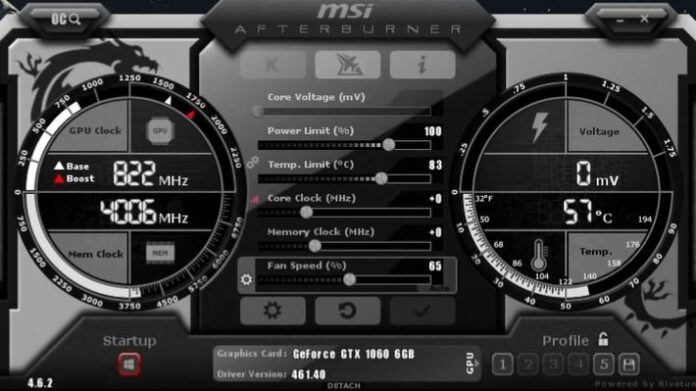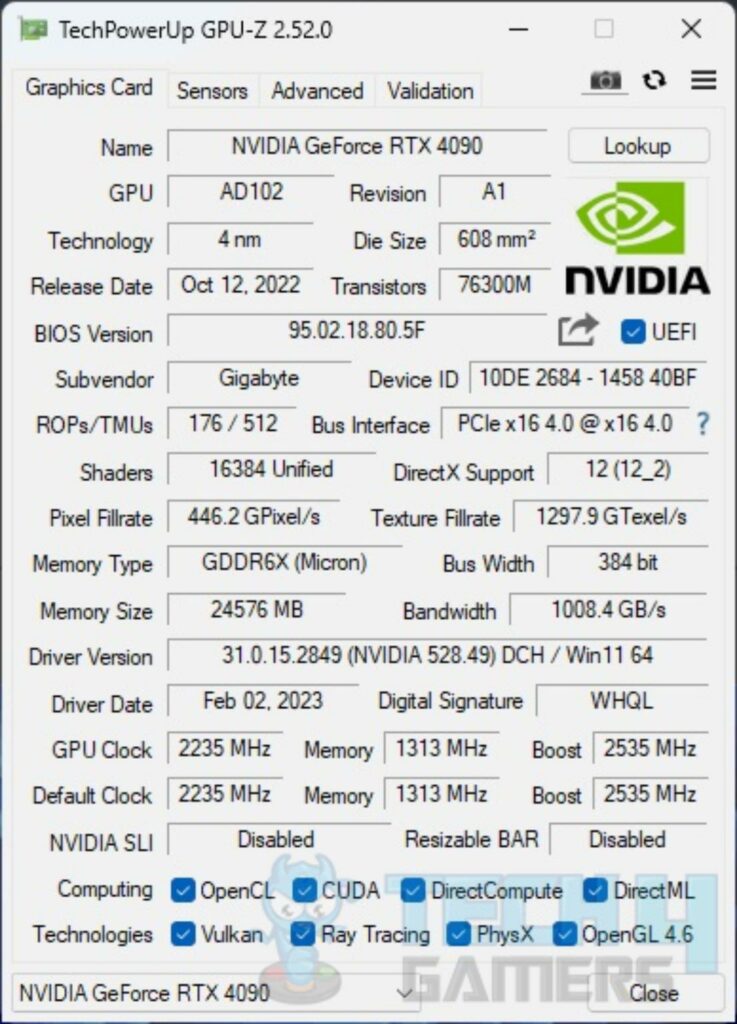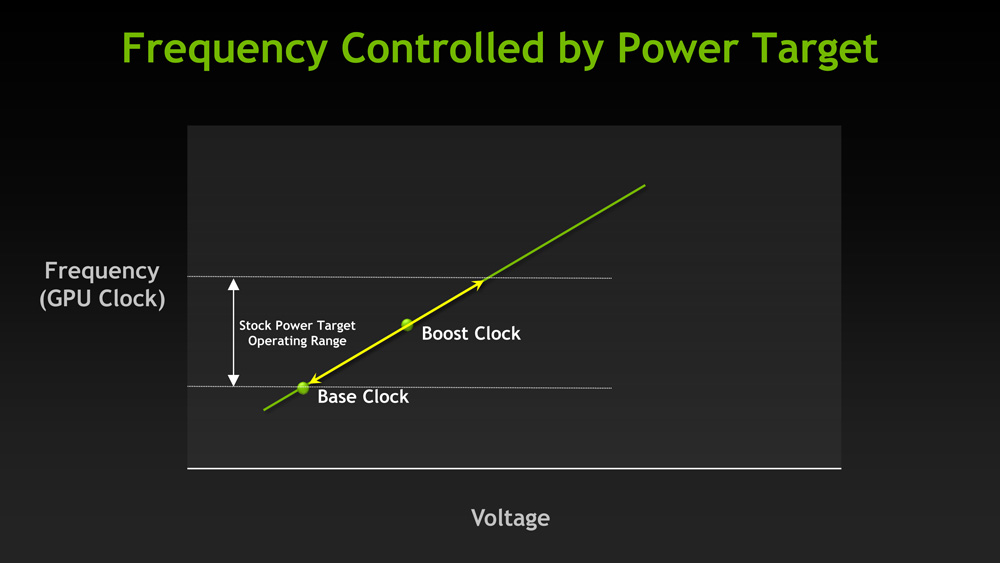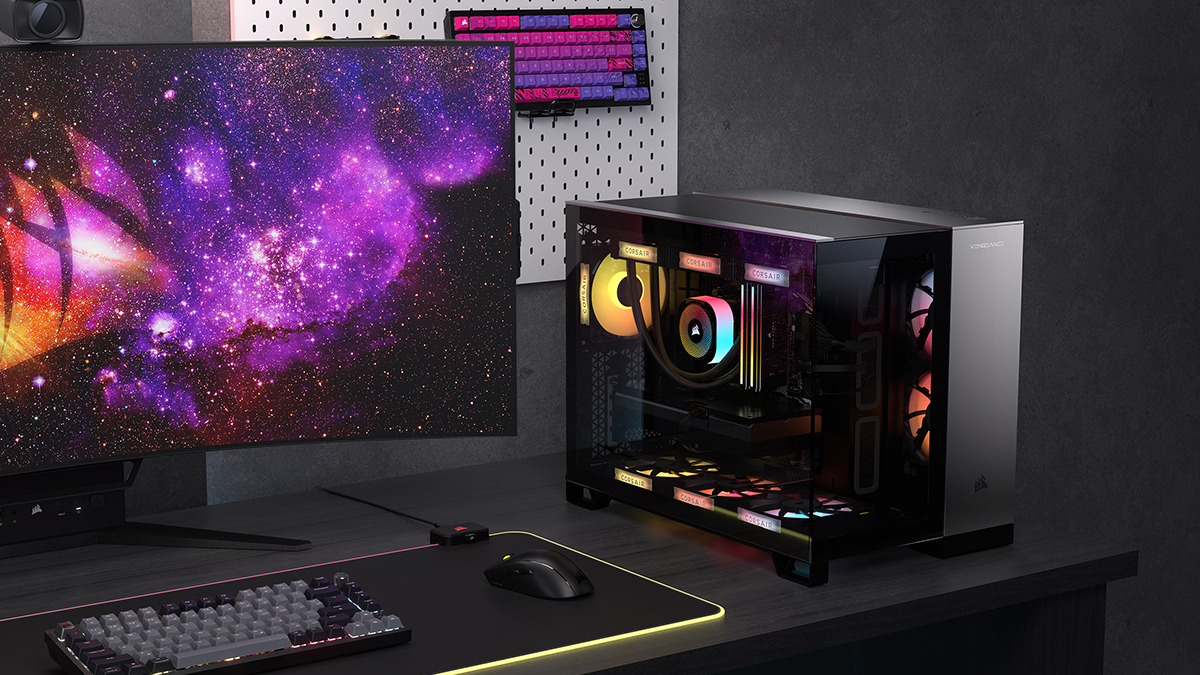As we journey further into the heart of the digital age, the world of technology and PC hardware continues to evolve relentlessly. In the realm of graphics cards, the rapid advancement in performance has been nothing short of astonishing. Not so long ago, overclocking was the go-to method for gamers and enthusiasts seeking an extra ounce of power. However, in 2023, I argue that GPU overclocking has become largely irrelevant.
Why, you might ask? The answer lies in the remarkable strides made by GPU manufacturers and the advent of self-overclocking GPUs. Let’s explore the reasons behind the waning significance of manual GPU overclocking and why, in the current landscape, it’s increasingly a case of “just plug and play.” But first, what exactly is manual GPU overclocking?
Traditional GPU Overclocking
GPU overclocking, a practice often conducted using overclocking software like MSI Afterburner, has long been a staple of the enthusiast’s toolkit for squeezing extra performance from GPUs. It’s relatively easy to set up, with intuitive interfaces and sliders that allow users to increase core and memory clock speeds and adjust voltage levels. However, this process, while not technically difficult, can be time-consuming due to the meticulous trial and error in ensuring system stability.

Confirming that your overclocked settings won’t lead to crashes or graphical artifacts in the middle of a gaming session requires patience. Manual overclocking typically comes with a trade-off – increased power draw and higher temperatures. Moreover, despite the efforts invested, performance gains from manual overclocking are often marginal, typically in the single-digit percentages. This may not justify the time and effort of many users in 2023.
Why GPU Overclocking Is Irrelevant
While many may argue that GPU overclocking is still the go-to way to squeeze extra performance out of a modern graphics card, I say the objective truth lies elsewhere. Enthusiasts who swear by manual overclocking in 2023 are advocating more for the thrill of the process rather than the actual results. Here are some key reasons why this prized practice is fading into obsolescence.
Manufacturers Pushing the Envelope
One of the most compelling reasons GPU overclocking is fading into obsolescence is the extraordinary out-of-the-box performance of modern GPUs. Manufacturers, be it AMD or NVIDIA, have honed their expertise to deliver GPUs that are already pushing the limits of their capabilities.

In a race for dominance, they’ve elevated the factory clock speeds to levels that would have seemed unimaginable a few years ago. These GPUs arrive on the market ready to tackle the most demanding games and workloads without requiring tweaks or extra effort from users. In essence, GPU manufacturers are doing the heavy lifting, and the end-users are reaping the rewards.
Smart, Self-Overclocking GPUs
The age of self-aware and self-improving technology has dawned upon us. The current generation of GPUs boasts sophisticated, self-overclocking features that push the graphics cards to their absolute limit. These GPUs are smart; they monitor performance and temperature data in real-time, adjusting clock speeds dynamically to ensure optimal performance without overheating.

Thanks to these advanced algorithms, they can squeeze every bit of power from the silicon while maintaining stability. The concept of “overclocking” has evolved, as GPUs now inherently possess the ability to optimize their performance based on the specific task at hand, rendering manual intervention largely superfluous.
Pushing The Power
Another significant reason GPU overclocking is becoming increasingly irrelevant in 2023 is the increasing power draw. Modern GPUs, even in stock settings, often approach the upper limits of power consumption that power supplies can handle efficiently. For example, the mighty GeForce RTX 4090 can easily cross 400W of power draw on its own. Manual overclocking exacerbates this problem by demanding even more power, causing strain on the PSU.

This increased power draw can lead to system instability, crashes, or, in severe cases, hardware failure. Furthermore, the additional power consumed translates into a substantial amount of heat generated, which can be challenging to dissipate effectively, especially in smaller PC cases. This can occur without delivering significant performance gains that would make the trade-off worthwhile, diminishing the relevance of manual GPU overclocking in the current landscape.
The Results Speak For Themselves
The manual overclocking process, once the realm of enthusiasts seeking to eke out extra frames per second, is often rendered ineffective and inefficient in the face of automated alternatives. Auto overclocking mechanisms honed by manufacturers understand the intricacies of the hardware better than the most diligent human tinkerer. They can balance clock speeds and power draw to achieve optimal results with less power consumption and heat generation.
Manual overclocking yields a few more frames on average, but think about the extra voltage, added heat, and increased power draw compared to a stock card. Manual overclocking is also quite tedious and time-consuming to validate and leaves you at risk of a sudden unexplained crash, even if you have done your due diligence. It is often more beneficial to undervolt GPUs and let the auto-overclocking algorithm play around with the extra power and temperature budget.
Bottom Line
The days of manually overclocking GPUs to gain a competitive edge are waning. In 2023, GPU manufacturers have raised the bar by delivering high-performance graphics cards right out of the box. Moreover, the emergence of self-overclocking GPUs and machine-learning algorithms makes manual tuning largely unnecessary.
The result? Less power consumption, more stable temperatures, and an experience more about enjoying your games and less about tinkering with settings. It’s clear that, for most, it’s time to embrace the era of “just plug and play.”
Thank you! Please share your positive feedback. 🔋
How could we improve this post? Please Help us. 😔
[Reviews Specialist]
Usman Saleem brings 8+ years of comprehensive PC hardware expertise to the table. His journey in the tech world has involved in-depth tech analysis and insightful PC hardware reviews, perfecting over 6+ years of dedicated work. Usman’s commitment to staying authentic and relevant in the field is underscored by many professional certifications, including a recent one in Google IT Support Specialization.
8+ years of specialized PC hardware coverage
6+ years of in-depth PC hardware analysis and reviews
Lead PC hardware expert across multiple tech journalism platforms
Certified in Google IT Support Specialization
Get In Touch: usman@tech4gamers.com


 Threads
Threads

